
Luigi Calamatta (1840)
Paolo Baldassarre Mercuri (20 December 1804, Rome - 30 April 1884, Bucharest) was an Italian engraver and illustrator.

Paolo Baldassarre Mercuri (20 December 1804, Rome - 30 April 1884, Bucharest) was an Italian engraver and illustrator.
He was born to Vincenzo Mercuri, a farmer, and his wife Barbara née Battaglia. A few years after his birth, during the French occupation of the Papal States, they were forced to sell their farm and move to Marino, where they rented a vineyard and lived in the vacated Augustinian Convent . He first displayed his artistic talent by sketching some of the ancient artworks the friars had left behind. [1]

In 1816, he entered a boarding school at the San Michele a Ripa hospice. There, he studied engraving with Antonio Ricciani . He was also able to attend drawing classes taught by Tommaso Minardi at the Accademia di San Luca. [2] During this time, he became familiar with the works of Michelangelo and Raphael at the Vatican. In 1820, he was nominated for a merit award. [1] He completed his studies in 1825. His first commission came from the French writer and collector, Félix-Sébastien Feuillet de Conches, who was visiting Italy. This involved creating some illustrations for La Fontaine's Fables. The proposed book was never published, but the drawings are now part of the collection at the Musée Jean de La Fontaine.
Although he received offers of work in London and Madrid, he chose to remain in Rome. In 1829 the French publisher, Camille Bonnard, awarded him a commission to portray two-hundred Medieval Italian costumes and uniforms. [1] In 1830, he went to Paris to complete the project, and decided to settle there. He remained until 1848, sharing a studio with Luigi Calamatta, a former schoolmate. [2] During this time, he produced numerous works, mostly on commission, and was awarded a gold medal at the Salon of 1838. Bonnard's book, Costumes historiques des XIIe, XIIIe, XIVe et XVe siècles, would not be published until 1860.
In 1847, by recommendation from his former teacher, Minardi, Pope Pius IX appointed him master of engraving at the "Calcografia Camerale", an official publisher of old plates. [2] He returned to Rome the following year. Shortly after, he became Director of the school. In 1850, he married Anna Maria Cenci, who came from an old, noble family. They had three children but only one, their daughter Enrichetta, survived infancy. In 1877, she married a Romanian lawyer and moved to Bucharest. [1]
In 1872, after a long tenure devoted to conservation and restoration, Tommaso Aloysio Juvara was named his co-director. Three years later, the largely honorary office of President was created for him. [2] In 1881, he resigned and moved to Bucharest to be with his daughter. He died there in 1884, at the age of seventy-nine. His body was returned to Rome for burial.
Streets in Rome and Marino have been named after him and, since 1921, there has been a "Paolo Mercuri State Art Institute" in Marino.

The Accademia di San Luca is an Italian academy of artists in Rome. The establishment of the Accademia de i Pittori e Scultori di Roma was approved by papal brief in 1577, and in 1593 Federico Zuccari became its first principe or director; the statutes were ratified in 1607. Other founders included Girolamo Muziano and Pietro Olivieri. The Academy was named for Luke the Evangelist, the patron saint of painters.
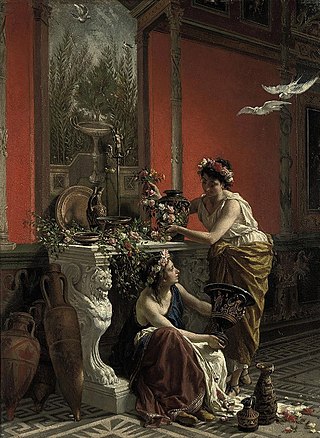
Cesare Mariani was an Italian painter and architect of the late-19th century, active in Rome and Ascoli Piceno.

Guglielmo de Sanctis was an Italian painter.
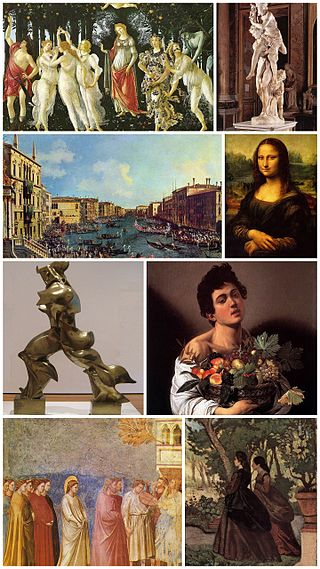
From the second half of the 18th century through the 19th century, Italy went through a great deal of socio-economic changes, several foreign invasions and the turbulent Risorgimento, which resulted in the Italian unification in 1861. Thus, Italian art went through a series of minor and major changes in style.

Michele Cascella was an Italian artist. Primarily known for his oil paintings and watercolours, he also worked in ceramics, lithography, and textiles. He exhibited regularly at the Venice Biennale from 1924 until 1942, and his works are owned by major museums in Italy and Europe, including Victoria and Albert Museum in London, Galerie nationale du Jeu de Paume in Paris, and Galleria Nazionale d'Arte Moderna in Rome.

Enrico Coleman was an Italian painter of British nationality. He was the son of the English painter Charles Coleman and brother of the less well-known Italian painter Francesco Coleman. He painted, in oils and in watercolours, the landscapes of the Campagna Romana and the Agro Pontino; he was a collector, grower and painter of orchids. Because of his supposedly Oriental air, he was known to his friends as "Il Birmano", the Burmese.
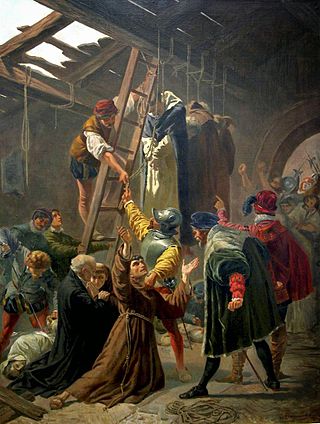
Cesare Fracassini was an Italian painter, mainly of large mythologic or religious topics.

Tommaso Minardi was an Italian painter and author on art theory, active in Faenza, Rome, Perugia, and other towns. He painted in styles that transitioned from Neoclassicism to Romanticism.
Paolo Mei was an Italian painter active in Rome.

Annibale Angelini was an Italian painter and scenographer.
Giuseppe Chialli was an Italian sculptor.
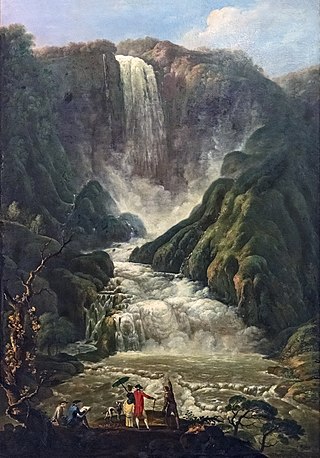
Carlo Labruzzo (1748–1817) was an Italian painter, primarily of landscapes who was born in Rome.

Count Lemmo Cesare Rossi-Scotti was an Italian painter, mainly of battle scenes, in a late-Romantic style.

Nicola Consoni (1814–1884) was an Italian painter, mainly of sacred and historic subjects.
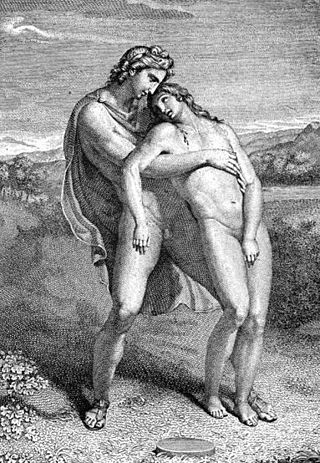
Giuseppe Marri was an Italian engraver.
Vincenzo Barboni (1802–1859) was an Italian painter, who mainly depicted sacred subjects in a Neoclassical style.

Prospero Piatti was an Italian painter known for depiction of Neo-Pompeian and sacred subjects.
Francesco Saverio Moretti was an Italian painter active in the Marche region.
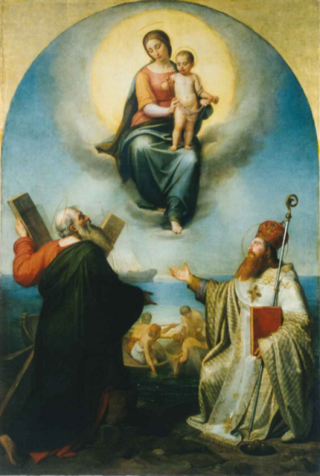
Luigi Cochetti was an Italian painter.

Basilio Cascella was an Italian artist, active from the late nineteenth century to the mid-twentieth century.